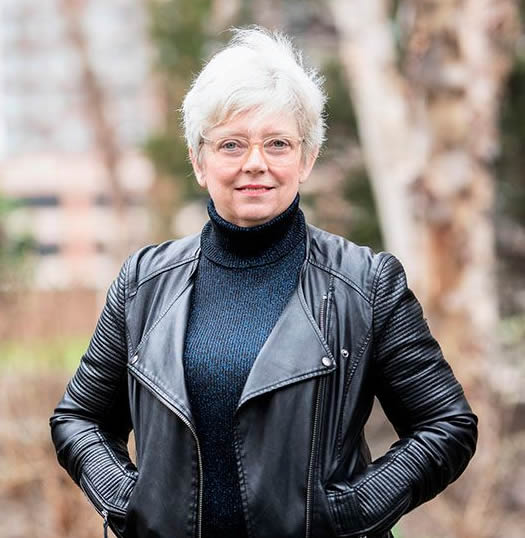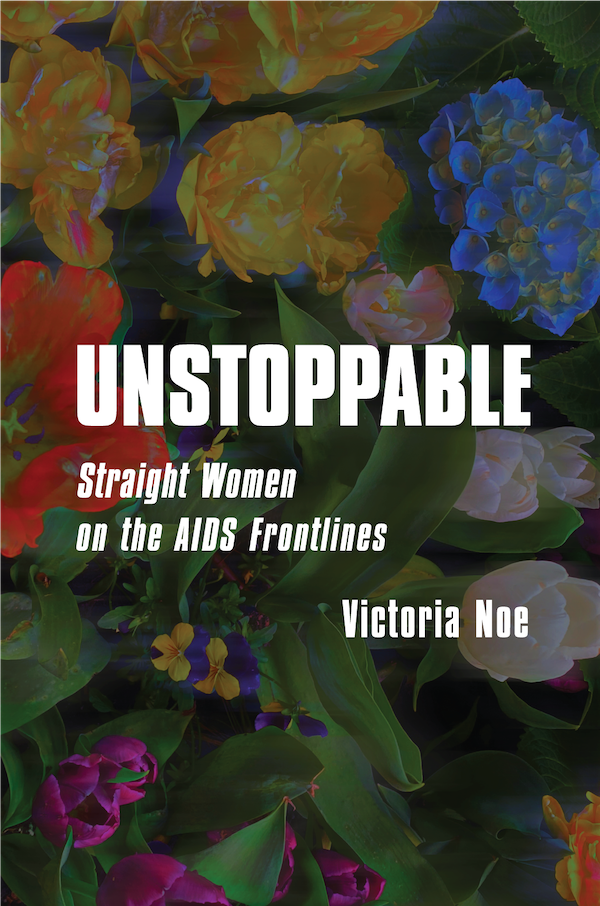My Second Pandemic - Part 2
Apr 10, 2020 by Victoria Noe, in AIDS
, writing
, women and AIDS
, HIV Long-Term Survivors Awareness Day
, COVID-19
, coronavirus

When I wrote my latest blog post I hoped it would be the only time I wrote about COVID-19. I certainly did not want to write anymore about how this virus triggered painful memories of the early days of the AIDS epidemic.
I was grateful that the response to that post was immediate and positive. I heard from other members of the HIV/AIDS community who were in a similar place. Our conversations, mostly on Facebook, were emotional and oddly uplifting: we’d discovered a new connection. I figured I said my piece and I was done.
In the past couple of weeks, articles have popped up on various websites. Most have been written by long-term survivors in the HIV/AIDS community, describing their own, deeply personal responses; others were the subjects of interviews conducted by reporters. Every experience was different, but with enough similarities to make them relatable. It didn’t take long to realize that all were written (with one exception) by/about white gay men, some of whom are dear friends. It felt familiar, but not in a good way.
If you ask someone what AIDS meant in the 1980s, they will most likely talk about gay men. Although it was called GRID for a while - gay-related immune deficiency - it wasn’t just about gay men. Viruses may mutate over time, but they don’t discriminate. Gay, straight, bisexual, transgender, newborns to the elderly were all at risk. Yes, gay men bore the brunt of it for years, but even within that group, black and brown men were disproportionately affected and often invisible. Women were afterthoughts in many conversations about HIV/AIDS: not just afterthoughts, but sometimes deliberately excluded. Almost forty years later, white gay men are still often assumed to be the face of the epidemic.
That’s when I realized I was not done.
I started thinking about the women I interviewed for my book, the straight women who, over the years, were vital to many battles and leaders in community-building, advocacy, legislation and awareness. I knew I was not the only straight, female long-term survivor who was having issues dealing with this new virus.
I joined a diverse group of long-term survivors who are writing about what they’re going through now. I reached out to several of the women in my book, asking if they’d like to submit a guest post for this blog. It’s critically important for people who survived those early years to find safe places to share their grief and fears surrounding COVID-19. Their posts will begin appearing the week of April 22.
And, it turns out, other women in the book, women who are no longer with us, also have a lot to say about this pandemic. I often heard their voices when I was researching and writing the book, and I hear them again. If they were alive now, they’d be vocal and passionate and determined to do whatever they can to defeat this virus. They have a lot to say, so tune in.
In my next post, I’ll let them do the talking.

